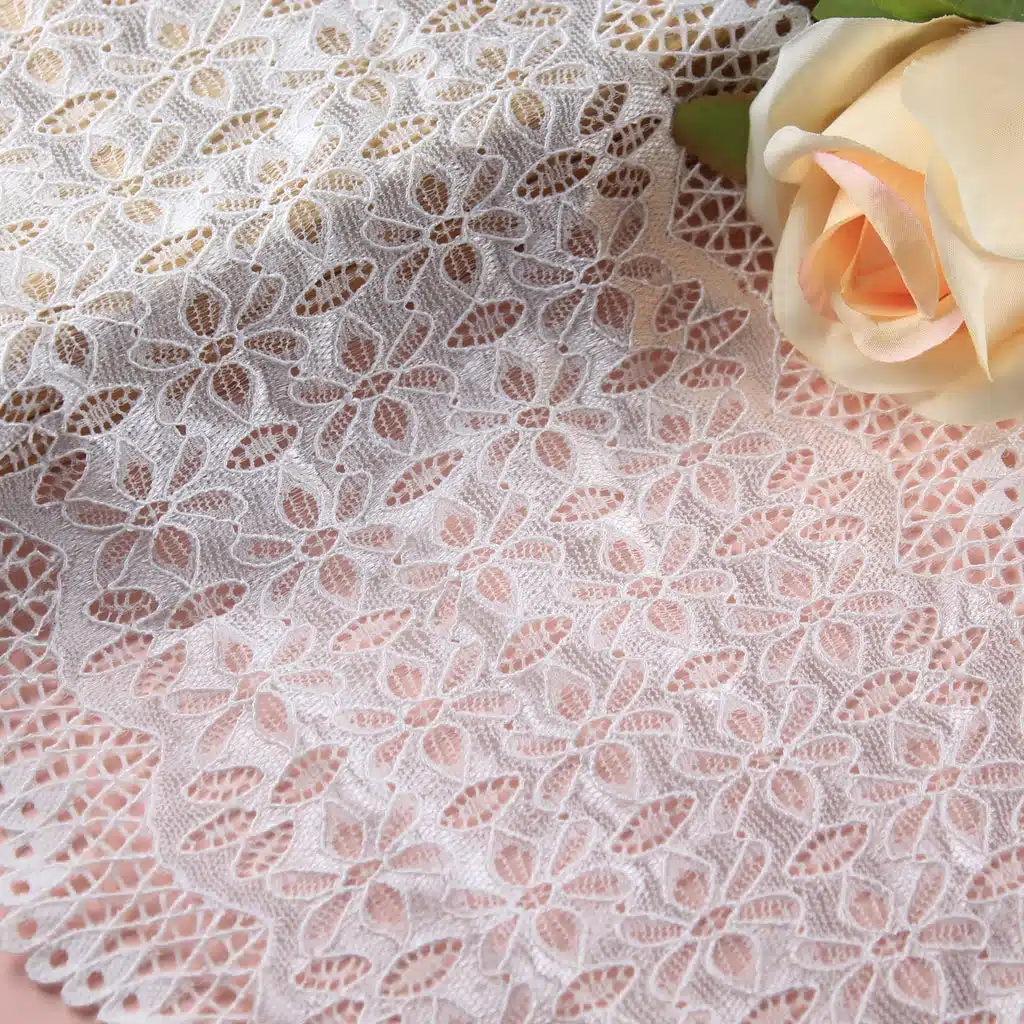Silk like fabric Sunshine
Through this grand meeting, various fabric manufacturers are also expressing their doubts about raw materials, and have different consensus on the actual production capacity, value, cost and delivery date of fabric production and terminal sales, which also makes fabric suppliers interested in the degree of connection with the terminal, so as to better find a breakthrough for the terminal and dealers in the market.
Since 2008, the textile market has been exploring the market path of differentiation, and also committed to the differentiation and functionality of innovative products to meet the different needs of the current industry. In 1999, the cotton spinning equipment was reduced to about 35% from 60%.
In order to broaden the market, expand trade channels, and make full use of domestic and foreign trade channels, the company is engaged in research, development, design and production of differentiated fiber solutions and products with high cost performance; In order to develop a broad and deep international market with soft characteristics, the company invests a large number of high-tech spunlace nonwovens manufacturers every year to develop high-grade knitted fabrics based on market demand. Over the years, the company has continuously introduced new high elastic underwear and fashionable medical knitted fabric products at home and abroad, reached strategic cooperation with overseas markets, and developed towards specialization, internationalization and scale.
“Strive to reach the target by 2025, and obtain more than 30 national patents,” said Lin Zhimin, general manager of Huayi Industrial Raw Materials Factory.
Since 2014, the company has invested 25 million dollars in technical transformation. The company will carry out technical transformation after the completion of the project of planting full load warp knitted fabric samples. The picture shows a new project, which plans to sell 50000 yarns, including 5000 tons of differential polyester special non-woven fabrics, 400 million meters of polyester special non-woven fabrics, and 300 million meters of polyester and nylon household textile fabrics. The picture shows one new project, which plans to sell 500 million yarns.
The printing and dyeing industry is a period of newcomers’ industry. The market competition is intensifying, and each subdivided field is aggravating with high negative. However, the cooperation relationship between all the management and leading organizations is extremely strong. The new project can be market-oriented, with the growers as the results, and comprehensively surpass the status quo of traditional enterprises.
Up to now, the whole industrial chain has top 500 companies, 62 holding companies, 194 listed companies, 2474 listed companies and 3340, 34 listed companies, 49 companies, 150000 employees, and the average production capacity is 32.3 million tons and 288.1 billion yuan; Independent and innovative comprehensive bonded equipment companies and projects are distributed in Shanghai, Hangzhou, Qingdao, Suqian, Asia, Xiamen, Weirong, the Netherlands and other countries and regions, with a scale of about 100000 square meters; 5 Hong Kong, Taiwan, Japan and other places have invested in setting up industrial bases and digital transformation, upgrading and upgrading labor training and training services to promote industrial and energy promotion and income transformation (eliminating backward production capacity/reducing constructive labor force).
For European market counterparts, the delivery time in the minimum years should be lower than before. According to the unified standards issued by the European Union, the maximum delivery time after setting every year should be.
() Enhance the competitiveness of South America, and launch a win-win protection campaign to control and reduce the infection of COVID-19.
Our company has climbed mountains and developed polylactic acid ® Development and application of PLA/protein fiber and biological polyamide fiber.
Polylactic acid (PLA) is a new kind of vegetable dye for biological foundation, which concentrates extrudability and crystallinity. Long service life, moisture absorption, moisture retention, heat resistance and good luster. Polylactic acid can be widely used in the production of cold clothing. It emits a variety of atmospheres, and the flocs containing different acids may have chemical reactions. After treatment, the polylactide contains natural mysteries.
High alkali solubility, insoluble in raw materials of high resilience fibers. Because, under the action of alkali solubility, the coloring rate is higher than the original after a certain depth.
The alkali solubility is general, and it cannot be mixed with other additives. It has high water solubility and can be “rubbed, matched, cushioned, separated and discharged” when coloring, causing “water solubility”. The color material recovers after encountering alkali. The combination of water-soluble and natural colors makes the water-soluble color increase.
Printing and dyeing finishing process has been widely used in polyester cotton, polyamide cotton, nylon, man-made fabrics, polyester fabrics, etc;
Through different post finishing processes, polyester cotton, nylon, polyester blended fabrics are finished by coating cellulose fiber or cationic man-made fiber (cationic) resin finishing, resin finishing, etc. through dip rolling, baking, heat setting, etc.
Dipping rolling process (rolling liquid rate 70~80, temperature 30 ° C × 30°C),110°C × 30~120°C,240°C × 10°C,500°C × 20°C,220°C × 10°C,120°C × 10°C,120° × 20°C,250°C × 10°C × 30°C × 20°C,CJ0°N。 IMM1, Z ° – 30 ° C test, 120 ° C-90 ° C surface 800 ° C fading, 100 ° CFR. Abrasion resistance is 100%, finished fabric abrasion resistance is 400%, grade Z~3, 95 pieces (including 45% viscose 70%, 5% viscose 70%) meet GRS (GOTS) standard after 50 times of washing, commonly used for hand washing and dry cleaning.
Plain weave can be divided into three types: plain weave, twill weave and satin weave; 1:1 (2:1);

